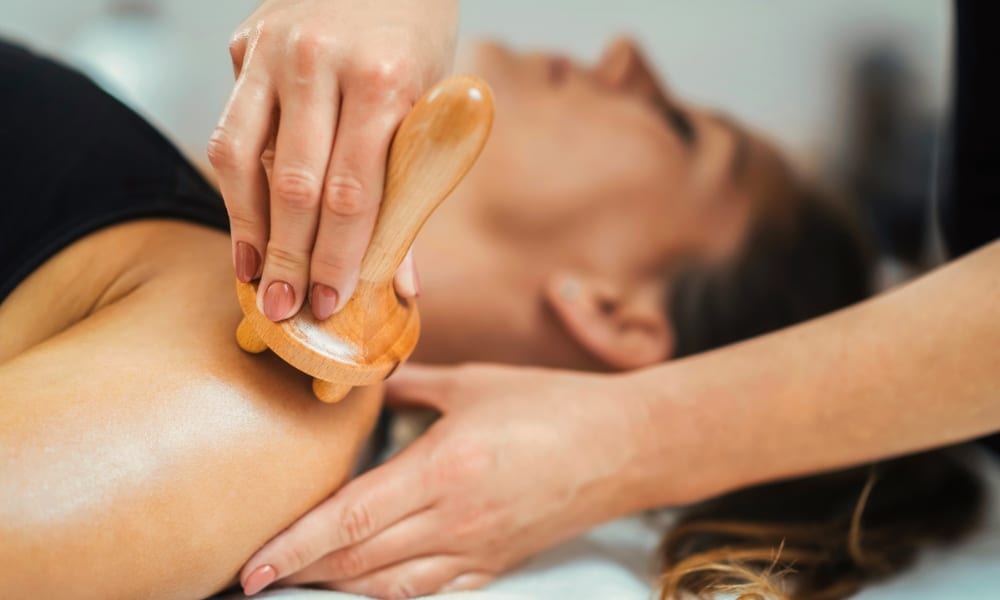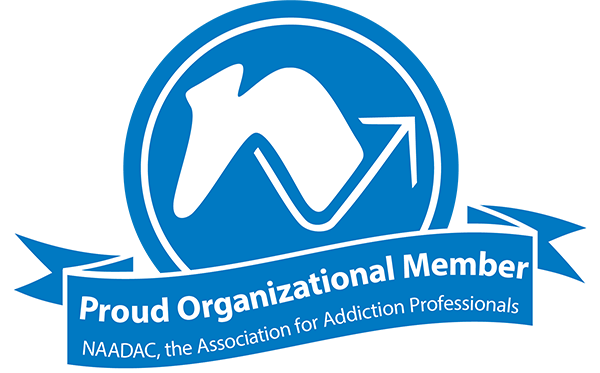Massage therapy is a holistic practice that involves manipulating the soft tissues of the body to promote relaxation, alleviate stress, and improve overall health. By using various techniques, such as effleurage, petrissage, and tapotement, massage therapists can help reduce muscle tension and enhance circulation. This form of therapy is not only beneficial for physical well-being but also plays a significant role in mental health. Many people find that massage therapy helps with conditions like anxiety and depression, making it an essential part of their wellness routine. Let’s explore more about this holistic approach.

What Is Massage Therapy?
Massage therapy is a holistic practice that involves manipulating the soft tissues of the body to promote relaxation and improve overall health. Massage therapists use various techniques, such as effleurage, petrissage, and tapotement, to relieve muscle tension and alleviate stress. This therapy can also support mental health by helping with anxiety and depression, making it an effective tool for both physical and emotional well-being.
Common Massage Therapy Techniques
Massage therapy includes a wide range of techniques that utilize varying pressure, rubbing motions, kneading, stretching, tapping, vibrations, friction, and muscle stripping to promote relaxation, reduce stress, and enhance overall well-being. Each technique targets specific areas of the body and employs unique methods to provide therapeutic benefits. By understanding these common massage techniques, individuals can better choose the approach that best meets their needs.
Massage Therapy Techniques
- Swedish Massage: Swedish massage is one of the most popular types, featuring long, smooth strokes, kneading, and rhythmic tapping to relax the muscles and improve circulation.
- Deep Tissue Massage: Deep tissue massage focuses on realigning deeper layers of muscles and connective tissue, using slower strokes and more intense pressure to relieve chronic pain and tension.
- Shiatsu Massage: Shiatsu massage is a Japanese technique that applies pressure to specific points on the body using fingers, thumbs, and palms, promoting balance and relaxation.
- Thai Massage: Thai massage combines stretching and deep pressure techniques, using the therapist’s body weight to move the client into various positions for enhanced flexibility and relaxation.
- Lymphatic Drainage Massage: Lymphatic drainage massage is a gentle technique that encourages the movement of lymph fluids in the body, helping to reduce swelling and improve immune function.
- Hot Stone Massage: Hot stone massage involves placing heated stones on specific areas of the body, enhancing relaxation and alleviating muscle tension through heat therapy.
- Cranial Sacral Massage: Cranial sacral massage focuses on releasing tension in the craniosacral system, promoting relaxation and relieving headaches or neck pain through gentle manipulation.
- Chair Massage: Chair massage is a quick, convenient option typically performed while sitting in a specially designed chair, targeting the back, neck, and shoulders for immediate relief.
- Trigger Point Massage: Trigger point massage targets specific tight areas within muscles known as trigger points, applying pressure to release tension and alleviate pain in related areas of the body.
- Somatic Massage: Somatic massage emphasizes the mind-body connection by addressing physical tension while promoting emotional release through awareness and touch.
- Myofascial Release: Myofascial release is a gentle technique that focuses on stretching and releasing tight fascia (connective tissue) to restore movement and reduce pain.
- Reflexology: Reflexology involves applying pressure to specific points on the feet, hands, or ears that correspond to different organs in the body, promoting overall health and relaxation.
Who Does Massage Therapy Help?
Massage therapy can benefit a wide range of people, from athletes to those recovering from injuries. It helps anyone dealing with stress, anxiety, or chronic pain. People with conditions like arthritis, headaches, and muscle tension can also find relief through massage. Overall, it is a valuable tool for improving physical and mental well-being.
Massage Therapy and Pain
Massage therapy is effective in managing various types of pain, including back pain, headaches, and muscle soreness. It helps reduce tension in muscles and improves circulation, which can alleviate discomfort. Many people find that regular massage sessions lead to significant pain relief and enhanced recovery from injuries, headaches, fibromyalgia, or chronic conditions.
Massage Therapy and Mental Health
Massage therapy for mental health has gained recognition for its ability to alleviate symptoms of anxiety, stress, and depression. The gentle touch during a massage can trigger the release of endorphins, which are natural mood lifters. Incorporating deep breathing exercises during sessions can further enhance relaxation and help manage feelings of dissociation often associated with anxiety disorders. Massage techniques can also assist with insomnia; muscle relaxation can allow the body and mind to relax, encouraging better sleep.
For individuals who have experienced trauma or PTSD, integrating trauma therapy with massage can be particularly beneficial. This approach allows clients to process emotions while receiving physical relief from tension held in the body. Somatic healing techniques focus on reconnecting the mind and body, promoting a sense of safety and grounding. Overall, massage therapy can be highly beneficial for improving mental health and wellness.
"*" indicates required fields
Fill out the form below and one of our admissions team members will reach out to you:
"*" indicates required fields
How Does Massage Therapy Work?
Massage therapy is a structured practice that involves various techniques to promote relaxation and healing. Understanding how massage therapy works can help individuals appreciate its benefits and choose the right approach for their needs. The process typically includes an initial assessment, preparation of the space, application of specific techniques, ongoing communication, and a focus on relaxation and stress relief, followed by completion and aftercare. Here’s a step-by-step process:
- Initial Assessment: During the initial assessment, the massage therapist evaluates the client’s health history and specific concerns. This helps tailor the massage to address individual needs and ensures a safe and effective experience.
- Preparation: Preparation involves creating a comfortable environment for the massage session. The therapist sets up the space with appropriate lighting, temperature, and soothing music to help the client relax before the treatment begins.
- Application of Techniques: The application of techniques refers to the various methods used during the massage, such as effleurage, petrissage, and tapotement. These techniques are chosen based on the client’s needs and desired outcomes, targeting specific muscle groups to relieve tension.
- Communication: Ongoing communication between the therapist and client is essential throughout the session. The therapist checks in regularly to ensure that pressure levels are comfortable and that the client feels relaxed, allowing for adjustments as needed.
- Relaxation and Stress Relief: Massage therapy focuses on relaxation and stress relief by promoting deep breathing and calming the nervous system. This helps reduce anxiety and tension in both the body and mind, contributing to an overall sense of well-being.
- Completion and Aftercare: At the end of the session, the therapist discusses any observations or recommendations for aftercare. This may include hydration tips or stretches to maintain benefits from the massage, ensuring clients leave feeling rejuvenated and informed about their recovery process.
Benefits of Massage Therapy
Massage therapy offers numerous benefits, including pain relief, improved sleep quality, and reduced stress levels. It can also enhance flexibility and boost the immune system by increasing the production of white blood cells. For those dealing with trauma or mental health issues, massage therapy for mental health can be particularly effective. Techniques like craniosacral therapy (CST) and somatic therapy focus on releasing tension stored in the body, contributing to somatic healing and emotional release.
Massage Therapy FAQ
Here are some commonly asked questions regarding massage therapy:
Massage therapy is a broad term that includes various techniques aimed at promoting relaxation and well-being. Therapeutic massage specifically focuses on treating medical conditions or physical ailments, using targeted techniques to alleviate pain and improve mobility.
Bodywork is a general term that encompasses various hands-on techniques, including massage therapy, but also includes practices like energy work and structural integration. Massage therapy specifically refers to manipulating soft tissues to promote relaxation and healing.
Medical massage is a specialized form of massage therapy that targets specific medical conditions and is often prescribed by healthcare providers. In contrast, general massage therapy may focus more on relaxation and overall wellness without addressing specific health issues.
The average cost of massage therapy typically ranges from $60 to $120 per session, depending on factors such as location, therapist experience, and type of massage. Prices may vary based on the length of the session and any additional services offered.
Many insurance plans offer coverage for massage therapy, especially when it is deemed medically necessary. However, coverage can vary widely, so it’s important to check with your insurance provider to understand your specific benefits and requirements for reimbursement.
Massage Therapy in Mental Health Treatment
The effect of massage therapy for mental health is increasingly recognized as an effective complementary treatment. It helps alleviate stress, anxiety, and depression by engaging mind-body techniques that promote relaxation. Regular sessions can enhance emotional well-being, making massage therapy a valuable tool for those seeking to improve their mental health through complementary and alternative treatments.
Where Can I Find Massage Therapy Near Me?
To find massage therapy near you, consider searching online for local massage therapists or wellness centers. Many facilities offer specialized massage therapy for mental health, including treatments specifically designed for depression. Reading reviews and checking credentials can help ensure you receive quality care tailored to your needs.
- Massage for Mental Health – AMTA
- News: Research Shows Impact of Massage for Mental Health – AMTA
- Massage Therapy Can Help Improve Sleep – AMTA
- Massage Therapy Industry Fact Sheet – AMTA
- Massage Therapy and Pain Relief – AMTA
- Massage Therapy for Psychiatric Disorders – PMC
- A Series of Case Reports Regarding the Use of Massage Therapy to Improve Sleep Quality in Individuals with Post-Traumatic Stress Disorder (PTSD) – PMC
- The Impact of Massage Therapy on Function in Pain Populations—A Systematic
- Massage Therapy Research Review- NIH
- Craniosacral Therapy – Science Direct
- Massage therapies – PubMed – NIH
- Process for massage therapy practice and essential assessment – Science Direct
- Combining psychotherapy with craniosacral therapy for severe traumatized patients: A qualitative study from an outpatient clinic in Norway – ScienceDirect
- Massage helps anxiety, depression – Mayo Clinic Health System
- The role of massage therapy for mental health – Mayo Clinic
- What You Need to Know About Massage Therapy for Fibromyalgia – Healthline
Our admissions team is available 24/7 to listen to your story and help you get started with the next steps.






